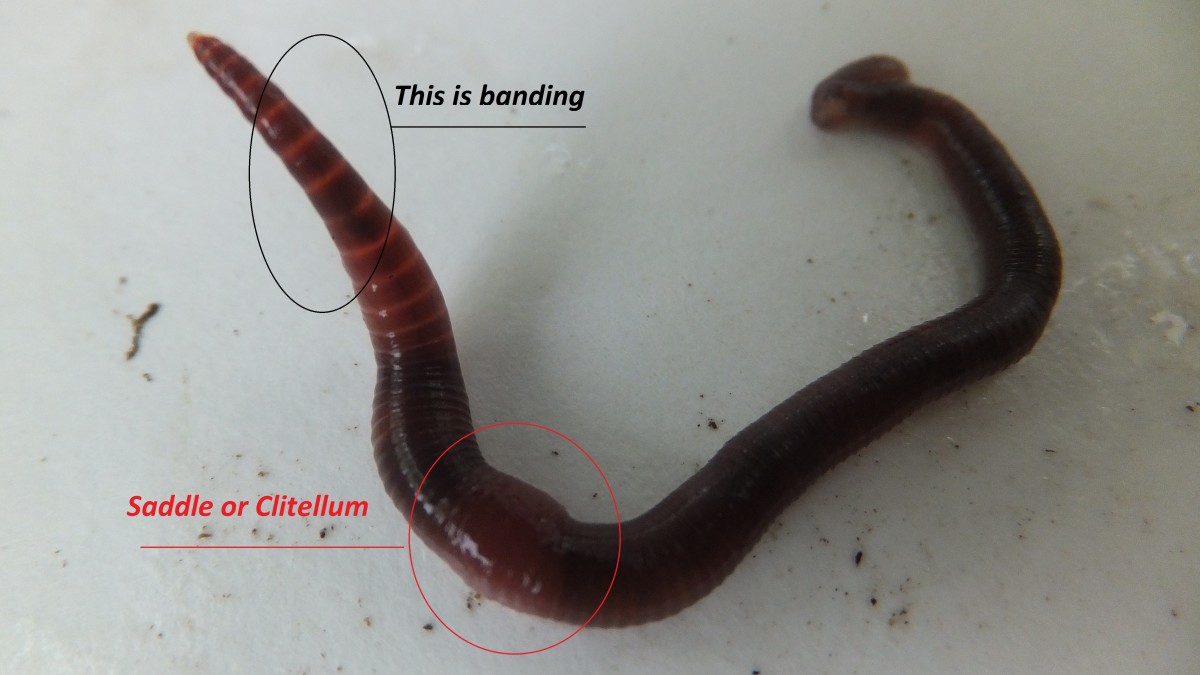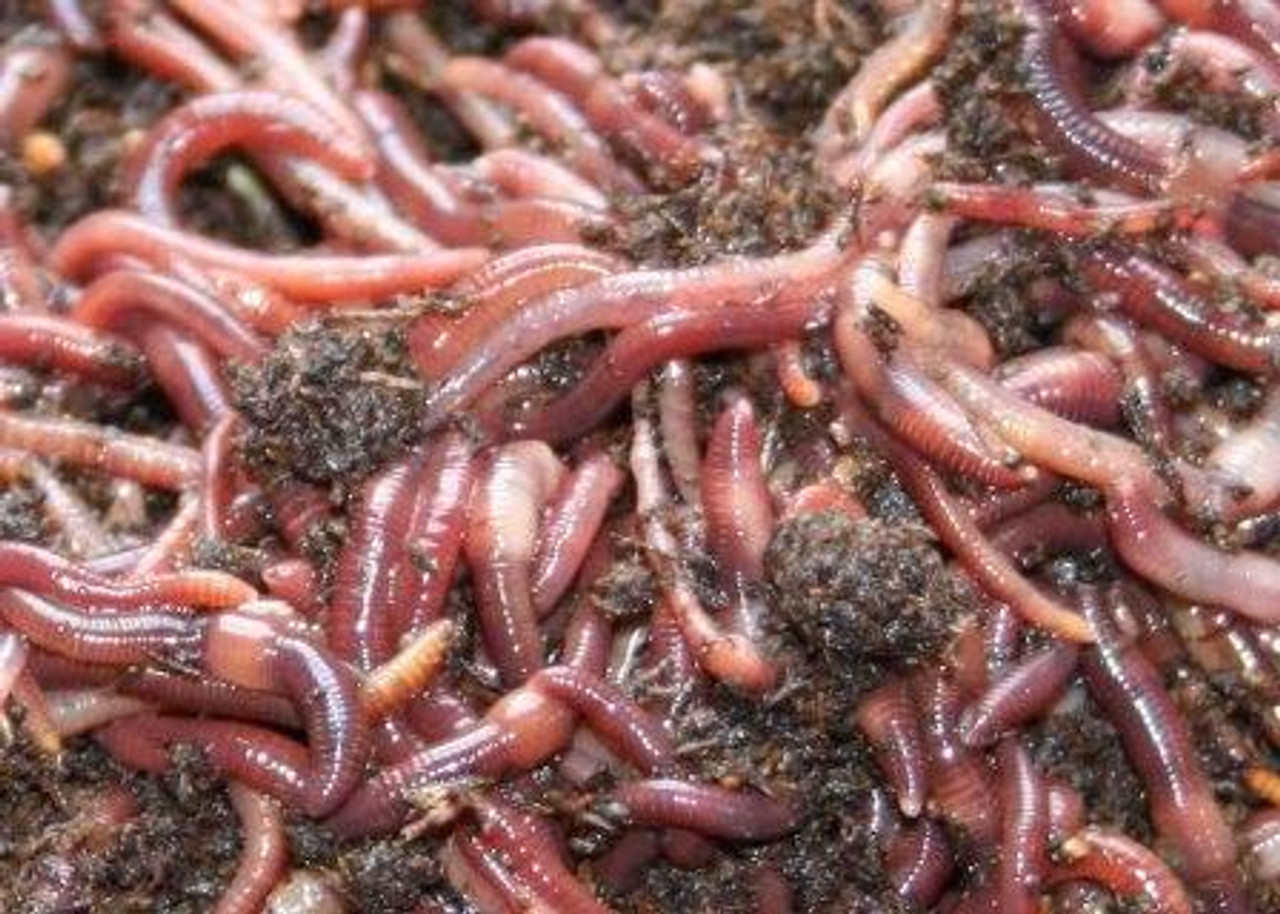Get Your Lawn in Top Shape with the Help of Lake Hickory Bait Grass Care Solutions
Get Your Lawn in Top Shape with the Help of Lake Hickory Bait Grass Care Solutions
Blog Article
Red Wigglers: The Unsung Heroes of Organic Waste Recycling
Red wigglers, or Eisenia fetida, serve as vital representatives in the organic waste recycling process, changing thrown out materials into important vermicompost. As the world progressively looks for remedies to battle waste build-up and boost farming productivity, recognizing the duty of these worms ends up being vital.
What Are Red Wigglers?
The amazing durability of red wigglers, clinically understood as Eisenia fetida, underscores their vital role in natural waste recycling. These tiny, reddish-brown earthworms are commonly found in breaking down raw material, such as compost stacks and manure stacks. Lake Hickory Bait. Unlike various other earthworm varieties, red wigglers thrive in nutrient-rich atmospheres and are extremely reliable at breaking down natural materials, making them crucial for vermicomposting

(Lake Rhodhiss Bait)In addition to their role in waste reduction, red wigglers add to dirt wellness by boosting soil structure and aeration through their tunneling tasks (Lake Hickory Bait). Their visibility in composting systems not just boosts decomposition rates but likewise promotes a sustainable technique to lose monitoring, highlighting their relevance in ecological conservation efforts
Benefits of Composting With Worms
Composting with worms, particularly red wigglers, offers countless advantages that enhance both waste management and soil health. First, these worms efficiently damage down natural waste, transforming it right into nutrient-rich vermicompost that enhances soil. This procedure increases decay, enabling a much faster recycling of kitchen area scraps and other organic materials contrasted to standard composting techniques.
Additionally, the vermicompost produced by red wigglers is including beneficial microbes, which aid enhance soil framework, oygenation, and moisture retention. This enhances the total health and wellness of plants, promoting strenuous development and enhanced yields in yards and agricultural setups. The use of worms in composting minimizes the manufacturing of greenhouse gases, such as methane, contributing to a more lasting waste management system.

Exactly How to Start Vermicomposting
Establishing a vermicomposting system is a straightforward procedure that can yield significant benefits for both waste administration and dirt enrichment. To start, pick an ideal container, such as a plastic container or wood box, with adequate ventilation holes to make sure appropriate air movement. The measurements need to preferably be about 2 feet by 3 feet, allowing ample space for the worms to flourish.
Next, prepare bedding material, which can consist of shredded newspaper, cardboard, or coconut coir. This bedding should be moistened to create a suitable habitat for the worms. As soon as the bed linens remains in area, present red wigglers (Eisenia fetida) right into the bin, usually around one extra pound of worms for each square foot of area.
Complying with the placement of worms, add organic waste, such as vegetables and fruit scraps, coffee grounds, and smashed eggshells. Stay clear of including dairy, meat, or oils, as these can create smells and bring in parasites. Lastly, position the bin in a shaded, temperature-controlled location to keep ideal conditions for worm activity. With these actions, you will properly start a vermicomposting system that contributes to sustainable waste monitoring and enhances your soil.
Preserving a Healthy And Balanced Worm Bin
(Lake Rhodhiss Bait)Keeping a worm container flourishing requires regular interest and like guarantee the wellness of the red wigglers and the efficiency of the composting procedure. Appropriate upkeep begins with keeping an eye on the moisture levels; the container ought to be wet however not saturated. A good guideline is to maintain an uniformity similar to a wrung-out sponge.
Aeration is crucial also. Delicately mixing the bed linen and food scraps every couple of weeks prevents compaction and makes sure that all worms have accessibility to oxygen. Additionally, it is essential to feed the worms appropriately. A balanced diet plan of fruit and veggie scraps, coffee grounds, and crushed eggshells must be supplied in moderation to avoid overfeeding, which can cause smells and pests.
Temperature regulation is one more crucial element. Red wigglers thrive in a variety of 55 to 77 levels Fahrenheit. If the bin comes to be also hot or cold, the worms may end up being worried - Lake Hickory Bait. Last but not least, occasionally look for signs of health, such as worm population growth and the presence of healthy castings. By carefully handling these aspects, one can preserve a robust and productive worm container.
Effect On Sustainable Living
The effective upkeep of a worm bin not only profits the health and wellness of red wigglers however also adds dramatically to lasting living methods. By recycling natural waste, such as kitchen area scraps and yard particles, red wigglers assist divert significant quantities of material from land fills. This decrease in waste not only lowers greenhouse gas discharges but additionally lessens the environmental worry connected with waste management.
Moreover, the spreadings produced by red wigglers function as a nutrient-rich organic plant food, improving soil health and promoting plant development. This all-natural option to chemical plant foods supports lasting agriculture and horticulture methods, reducing dependence on synthetic inputs that can hurt communities. In addition, worm composting promotes recognition of waste administration, urging individuals and neighborhoods to adopt even more lasting practices.

Conclusion
In summary, red wigglers serve as essential factors to organic waste recycling through their effective disintegration of organic products. By incorporating vermicomposting into waste monitoring strategies, people and neighborhoods can substantially minimize waste while promoting ecological sustainability.
Report this page